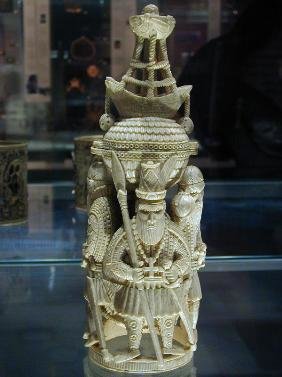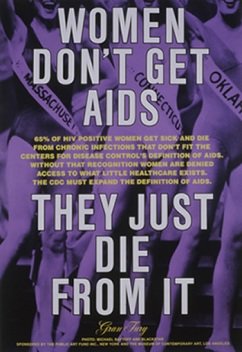Introduction
Feminity and masculinity refers to the identity of an individual’s gender. Both feminity and masculinity derive their source from an individual’s gender as opposed to sex. Gender in this case refers to social while sex is a biological aspect. The society defines the meaning of being a male or a female.
Males consider themselves masculine while female are feminine. These definitions are social, creating the possibility of some males to consider themselves feminine and some women masculine. An individual with a masculine identity ought to behave in a way that depicts the masculine identity. On the other hand, an individual with a feminine identity should behave in a way that brings out their feminine nature (Melosh 201). The main aim of writing this paper is to explore the different cultures of feminity and masculinity.
The root and development of feminity and masculinity
In the West, men are socially labeled as aggressive and competitive while women are articulate, passive and collaborative. Earlier, people believed that these traits are innate and embedded on the genes of an individual. It is now clear that the degree of masculinity and feminity of an individual is not innate but depends on social and cultural environment of an individual.
There are three key theories that highlight on the development of feminity and masculinity. These theories are psychoanalytic theory, cognitive-development theory and learning theory.
All these theories are similar because they are in two parts. The first part involves a child realizing that he or she is either a male or a female. The second part of all these theories is the child finding out the meaning of female and male with reference to feminity and masculinity.
Recent studies have shown that mothers have a crucial role to play in the development of gender identity. Because they are not of the same sex, a mother and her son relate differently, while she bonds naturally with her daughter because they share a sense of continuity and belonging.
Feminity, Masculinity and art
In Benin, artists focus on the male form more than the female. Artists from this area have a tendency to project on the male form with perfection. This suggests the continuity of the cultural standards in Benin. There is a link between the exclusion of women in the art to convictions of the threats that they symbolize.
This notion is not only in Benin, but also in a majority of the countries in Africa. Depiction of the Portuguese visitors to Benin by artist in the 16th century clearly emphasizes on that exclusion of women and the embrace of masculinity. An example is the figure below. The body of the Portuguese in this artistic piece is flimsy. The artist has used the face, beard, hair and dress to bring out masculinity (Curnow 75).
Over the years, there has been a rise in feminist groups that oppose the use of graffiti in posters that look down on females. The most notable feminist groups that engage in this activism are Women’s Action Coalition (WAC), SisterSerpents of Chicago, Women’s Health Action Mobilization and the Guerrilla Girls.
They scrutinize advertisements, movie posters, book covers etc that portray women negatively (Ivinski 37). After identifying such literature, they inform the person behind it and show their displeasure. A good example of the literature that touches negatively on feminity is in the image below.
It is vital that an artist is sensitive to his or her environment with regard to feminity and masculinity. An artist has to bring out a balance of the two in a way that does not discriminate on another.


Works Cited
Curnow, Kathy. “Prestige and the Gentleman- Benin’s ideal man.” The Art Journal. 1997. Print.
Ivinski, Pamela. Women Who Turn to Gaze Around. 1993. Print.
Melosh, Barbara. Gender and American History Since 1890. New York: Routledge, 1993. Print.